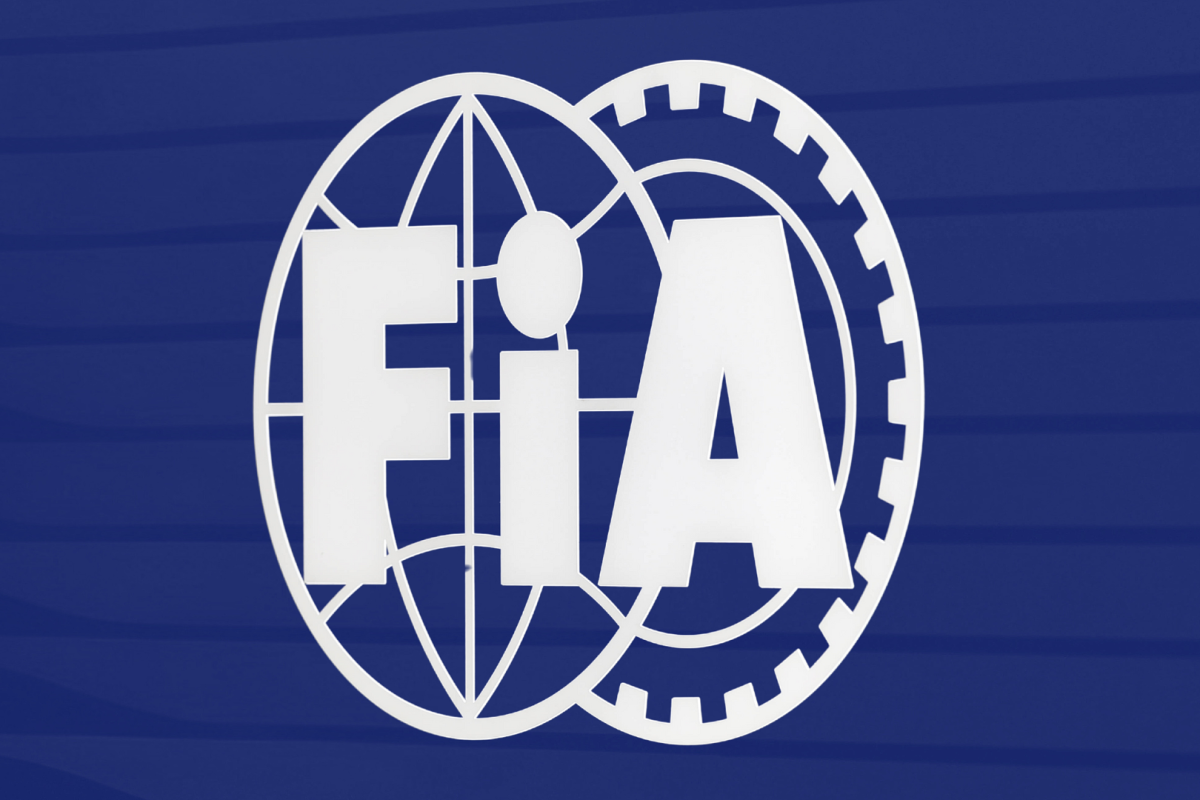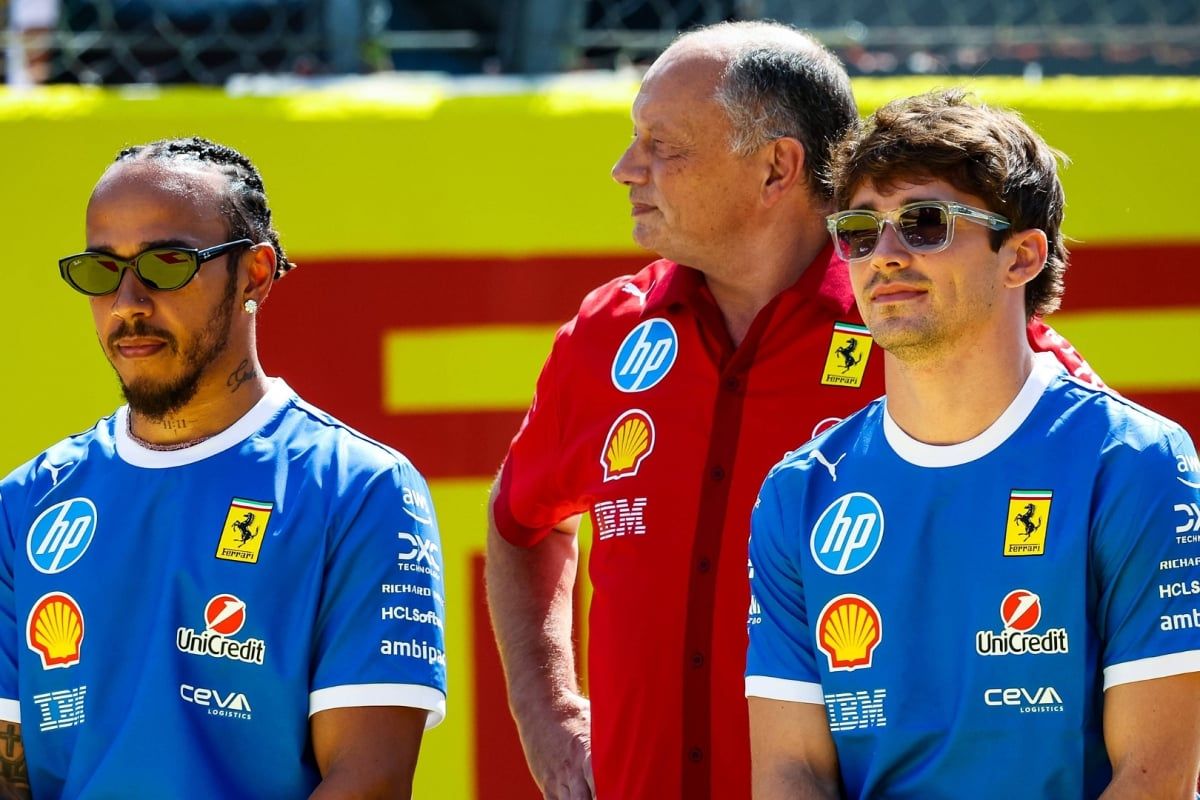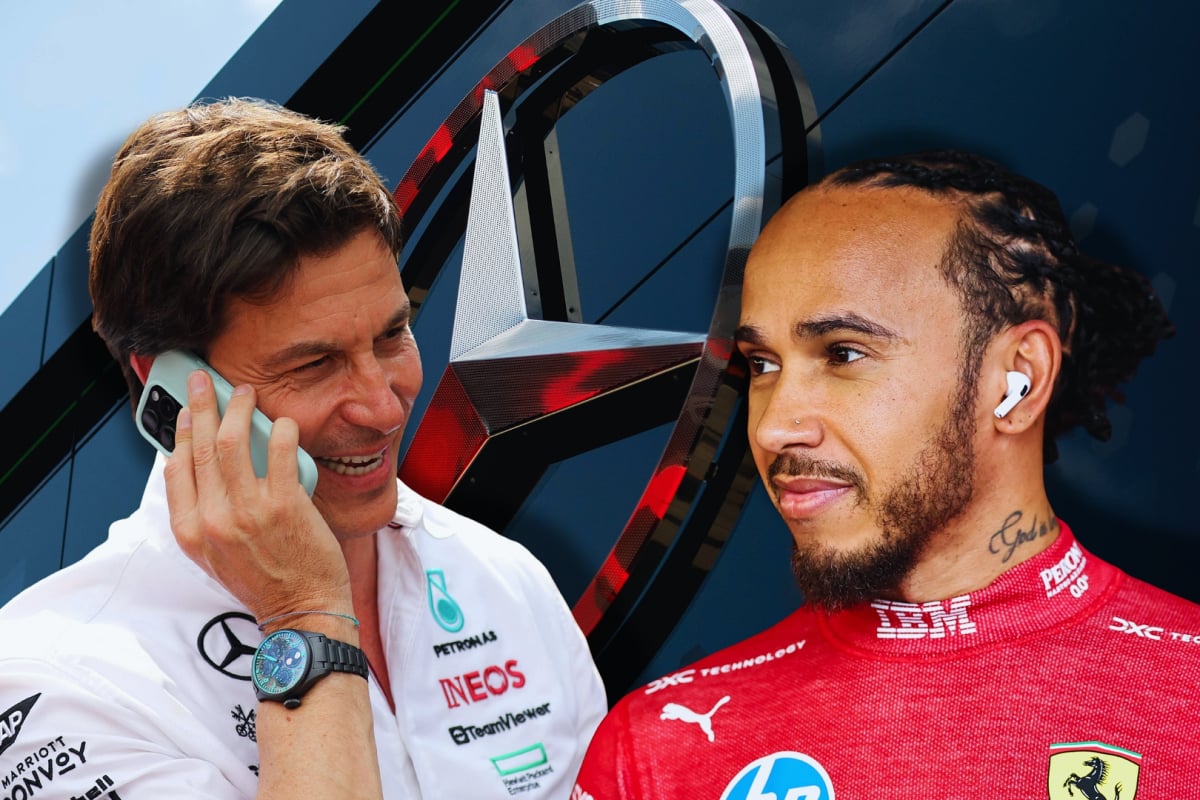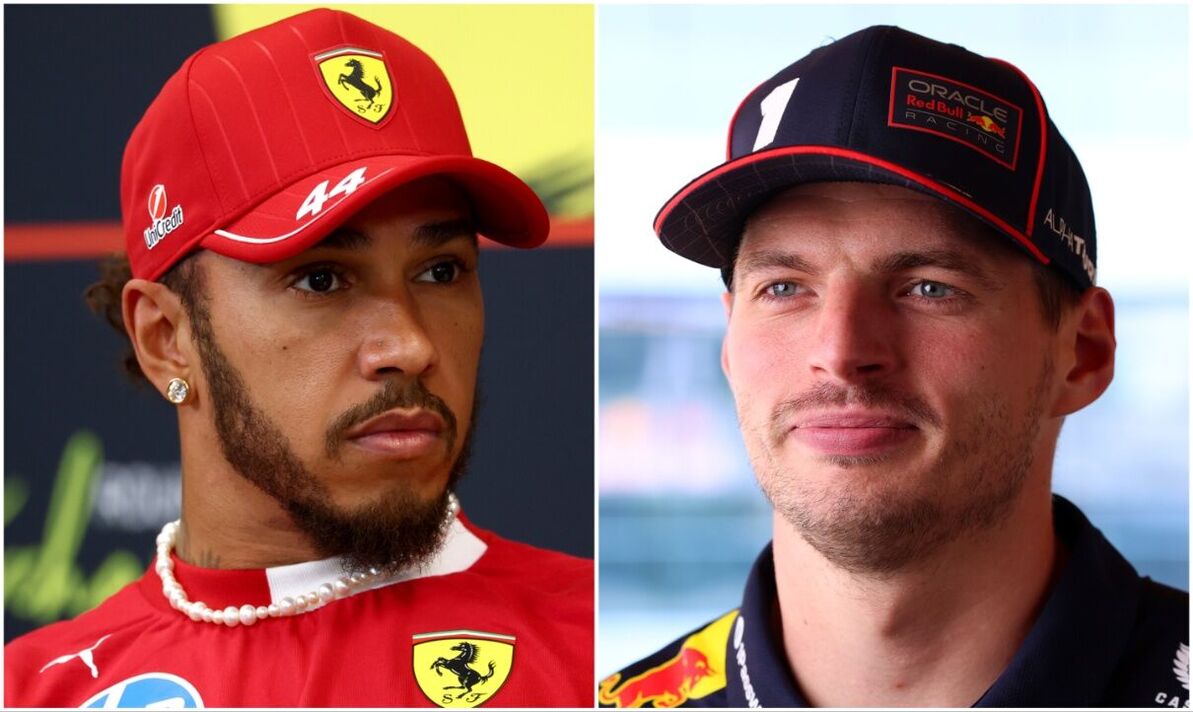FIA Issues Late Verdict on Gasly and Sainz After Miami Grand Prix as M… read more
Following the conclusion of an eventful Miami Grand Prix, the FIA released a late statement addressing investigations involving Carlos Sainz of Williams and Pierre Gasly of Alpine. Both drivers had been under scrutiny for an alleged violation of Article 2.5.5 b) of the International Sporting Code, which concerns driver conduct under yellow flag conditions. The breach in question stemmed from accusations that neither Sainz nor Gasly sufficiently slowed down while yellow flags were being waved during the race.
The matter prompted post-race hearings, during which both drivers were required to appear before the stewards to present their side of the incident. Ultimately, after a detailed review of footage and circumstances surrounding the yellow flag situation, the FIA concluded that no further action would be taken against either driver. As a result, Gasly retained his P13 finish, and Sainz kept his P9 result, along with the two valuable championship points earned for Williams.
In their official statement, the stewards elaborated on the unique situation that led to the warning, rather than a time penalty. “The driver did not slow down for the yellow flag and admitted in the hearing that he neither saw a yellow flag nor any stopped car,” the stewards wrote. “However, looking at the footage available, it is evident that the yellow flag was only shown from one marshal post and was shown against a yellow background in a very quick part of the track.”
Further analysis by the FIA revealed additional complications that influenced their decision. According to the statement, there was no light panel in place at the area where the yellow flag was displayed, meaning that neither the teams nor the drivers received a standard visual or audible warning from race control systems. Compounding the issue, the car that triggered the yellow flag incident was not visible to the approaching drivers, as it had come to a halt in a section of the track obscured from their view.
“The Stewards consider all this as a unique scenario,” the report continued, “and taking all these mitigating circumstances into account, issue a Warning to the driver.”
Warnings in Formula 1 carry far less weight than time penalties, which can significantly alter finishing positions and impact championship standings. This ruling ensures that the final classification from the Miami GP remains unchanged, providing some relief to both teams involved, especially Williams, as every point is critical in the tightly contested midfield battle.
While the FIA’s decision to issue only warnings may draw some debate among fans and pundits, the unique nature of the incident and the absence of standard signaling tools justify a more lenient approach from the stewards. Their findings highlight the importance of consistent and visible signaling in high-speed sections of circuits, and the necessity for track infrastructure to match the demands of modern Formula 1 safety standards.
Elsewhere on the track, McLaren delivered a stunning performance, overshadowing much of the grid with a dominant display. The Woking-based team finished well ahead of the competition, with their leading car crossing the finish line more than 30 seconds ahead of George Russell, who claimed the final podium spot in P3 for Mercedes.
Oscar Piastri, in particular, showed exceptional pace and control throughout the race, outperforming his teammate Lando Norris once again. Norris’s race, however, was compromised from the outset due to a first-lap incident involving Red Bull’s Max Verstappen. The collision cost Norris valuable time and damaged his car, effectively removing him from contention for the race win.
McLaren’s commanding form in Miami adds weight to growing speculation that the team is now a consistent threat to the likes of Red Bull and Ferrari, especially on circuits that favor their current car design. For Piastri, this race marked another milestone in his career, as he continues to demonstrate his potential as one of the brightest young talents on the grid.
Meanwhile, the race was less forgiving for several rookies and reserve drivers. Four drivers—Jack Doohan, Ollie Bearman, Gabriel Bortoleto, and Liam Lawson—were all forced to retire before the chequered flag. Their early exits served as a reminder of the challenges posed by Miami’s tricky layout and variable conditions, particularly for those with less experience at the top level of motorsport.
The Miami Grand Prix has once again delivered drama both on and off the track. With the stewards’ verdicts finalized and McLaren asserting their dominance, teams now turn their attention to the upcoming European leg of the season. With the championship battle heating up and the midfield as tight as ever, the next few races promise more excitement and perhaps more controversy as well.




